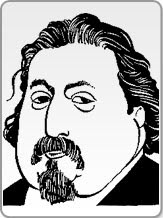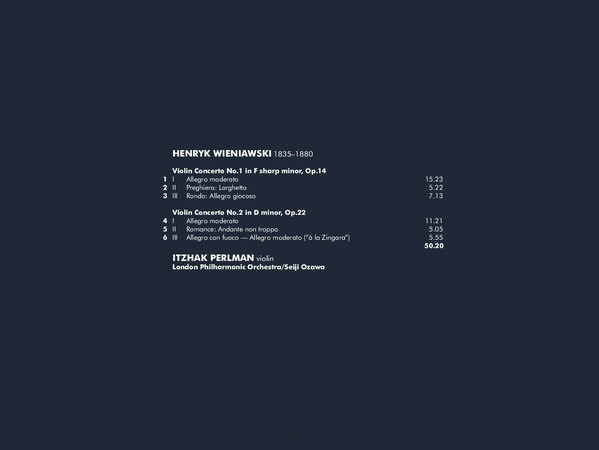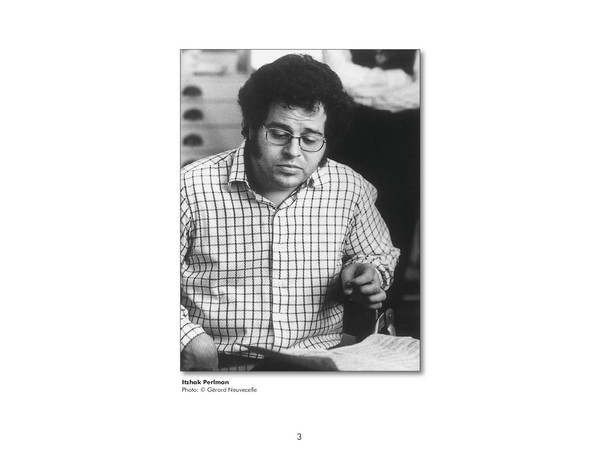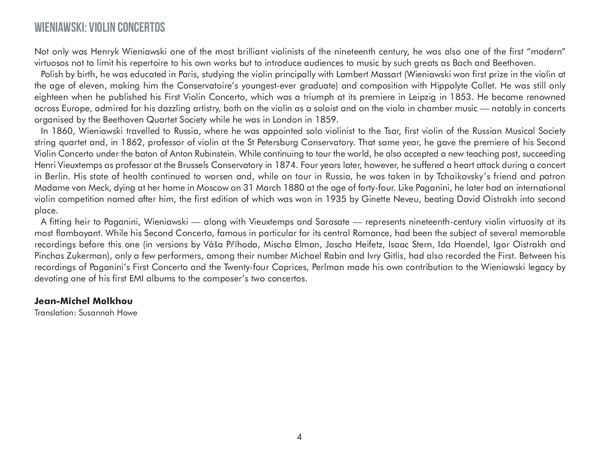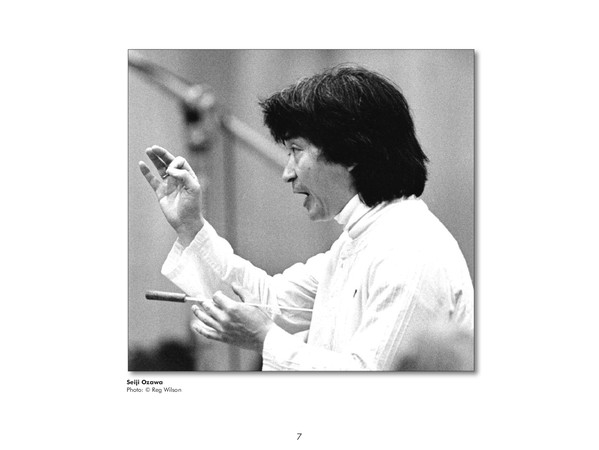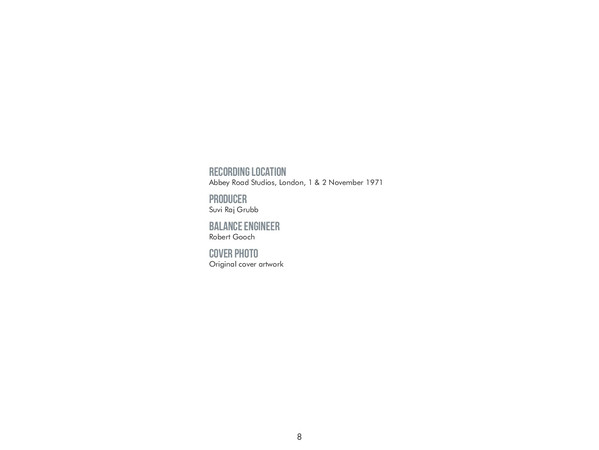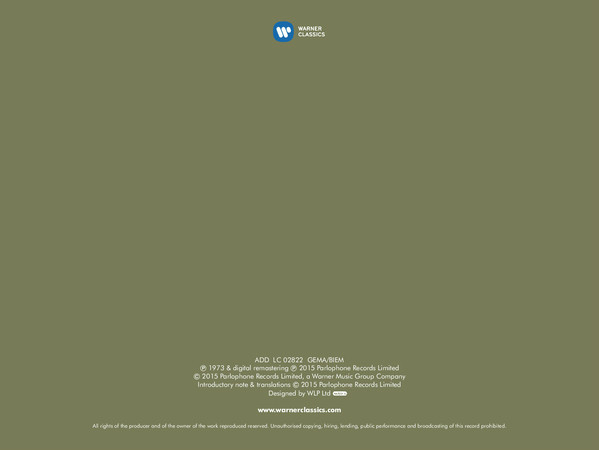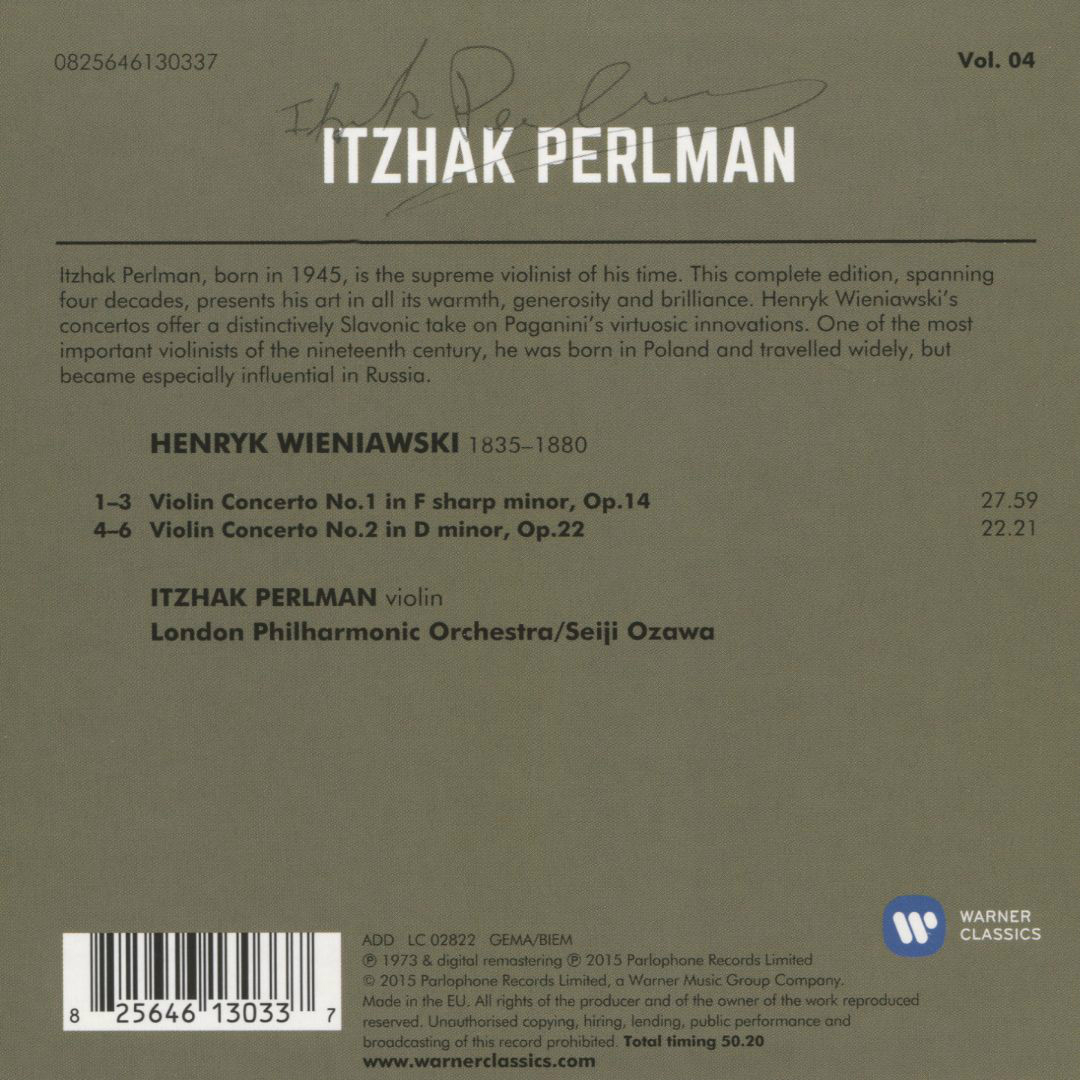|
BRIEF BIOGRAPHY 
Henryk Wieniawski was born on 10 July 1835 in Lublin. Wieniawski owes his early introduction to the world of music to his mother, Regina, a professional pianist and the daughter of a Warsaw physician. His mother was also the driving force behind his musical training and subsequent development into a violin child prodigy. At the age of five he began violin lessons and three years later was admitted to the Paris Conservatory, overcoming the obstacles of being underaged and of foreign nationality. After completing with gold medal the accelerated course of study at the Conservatory he remained in Paris perfecting his technique under the care of professor Joseph L.Massart. It was then that he met in his mother's Paris salon of the two most famous Polish emigrees: Adam Mickiewicz (poet) and Fryderyk Chopin. Wieniawski's first, somewhat childish,compositions were written during that time (he was thirteen years old). He returned to the Paris Conservatory and was joined by his brother Josef, where both studied composition until 1850. Wieniawski then embarked upon the unrelenting schedule of concert tours and performances which he was to continue almost throughout his life. While traveling he met Belgian violinist and composer Henri Vieuxtemps; a fellow Pole, Stanislaw Moniuszko, to whom he dedicated Allegro de Sonate op.2; Karol Lipinski, another Polish violin virtuoso and competitor of Paganini; also Robert Schumann and Anton Rubinstein. The latter was instrumental in securing for Wieniawski a three year contract as the soloist of the court and court theaters in St. Petesburg. Wieniawski's arrangement in St Petersburg was later extended three more times (each time on terms more favorable to the artist) so that he resided there with his family from 1860 until 1872. While fulfilling the terms of his contract he also became involved as a teacher in the Russian Music Society run by his friend Anton Rubinstein and directed a newly founded string quartet. Through these various means he exerted a lasting influence on the development of the Russian violin school. The terms of the contract allowed Wieniawski extensive travel time during the spring and summer when he continued touring Europe on a busy schedule of concerts and social appearances. In 1872, after his last contract in St. Petersburg had run its course, he resumed the life of the traveling virtuoso with a two-year tour of North America. Upon his return in 1875 he accepted a position of the professor of violin at the Brussels Conservatory but still maintained an extensive calendar of traveling and perfoming engagements. Since his North American tour, which exhausted him, his health continued to deteriorate. He died of an aggravated heart condition on 31 March 1880, in Moscow, in the midst of yet another concert tour. He was forty five at the time of his death. During his life time he was unquestionably considered "a violinist of genius," an artist of great individuality, intensity of expression, and original technique. The influence of his technique is still evident in the style of some violinists of the Russian School. The comparatively modest body of compositional work which he left behind attests to the demands of the life of the traveling virtuoso. Compositional forms favored by Wieniawski are consistent with the trends of his times. He composed variations, fantasies, capriccios, larger forms, such as concertos, and smaller lyrical forms (also called pieces de salon) - elegies, reveries, miniatures . In most of his early compositions, including the violin Concerto in F-sharp minor (1853), he put emphasis on technical difficulty and virtuoso effects. They were performance pieces which he composed with himself as a performer in mind. His work from these early years is said to exhibit the various influences of Paganini, Ernst and Vieuxtemps. Wieniawski's grueling travel and concert schedule obviously interfered with his work as a composer. The relatively stable period of his residence in St. Petersburg (1860-1872) yielded the finest of his compositional works: Etudes-caprices op.18, Polonaise Brillante op.21, and the Second Violin Concerto in D-minor. The latter, a small masterpiece, has become a standard in the violin repertoire. While demonstrating the virtuoso possibilities of the violin technique,the composition is also characterized by Romantic lyricism and passionate melodic expression. Wieniawski's interest in creating a "national" style of Polish music is evident in the mazurkas and polonaises he continued to compose throughout his career. In those works the influence of Chopin and Wieniawski's own genius produced a singular combination of noble simplicity of melodic line and mature, artistic sophistication. This great virtuoso-composer remains well respected today; in Poland his name is honored by International Competitions for violinists and violin-makers, held every five years in Poznań. 비에니아프스키
Wieniawski, Henryk 1835~80 / 폴란드의 바이올리니스트· 작곡가. 8세 때 파리 국립음악원에 입학하여 13세 때 페테르스부르크에서 데뷔한 후, A.루빈스타인 등과 세계 연주여행을 하여 명성을 떨쳤다. 1860년 페테르스부르크의 궁정 바이올니스트가 되었으며, 1862~67년 페테르스부르크 교수로 재직하였고, 1874~77년 비외탕의 후임으로 브뤼셀 왕립음악원에서 교수로 재직하면서 스타카토기법 등의 연주법 발전에 기여하였다. 그는 전아하고 섬세한 연주를 하여 기교적인 프랑스-벨기에파의 바이올니스트로 명성을 얻었으나, 그의 정서의 기반은 폴란드적 이었다. 작품은 기교적이고 폴란드 민요의 아름다움을 살린 것이 많다. 대표작품으로 《모스크바의 추억》 《전설》 등의 소품과 《바이올린 협주곡 D단조 》 《바이올린 협주곡 F#단조 》 등이 유명하다. Violin Concerto No. 1 In F-Sharp Minor Op. 14: I. Allegro Moderato
Violin Concerto No. 1 In F-Sharp Minor Op. 14: II. Preghiera Larghetto
Violin Concerto No. 1 In F-Sharp Minor Op. 14: III. Rondo.Allegro giocoso
Violin Concerto No. 2 In D Minor, Op. 22: I. Allegro moderato(I.Allegro moderato)
Violin Concerto No. 2 In D Minor, Op. 22: II. Romance andante non troppo
Violin Concerto No. 2 In D Minor, Op. 22: III. Allegro con fuoco
Legende G Minor Op. 17: Andante-Allegro moderato-Tempo I | 